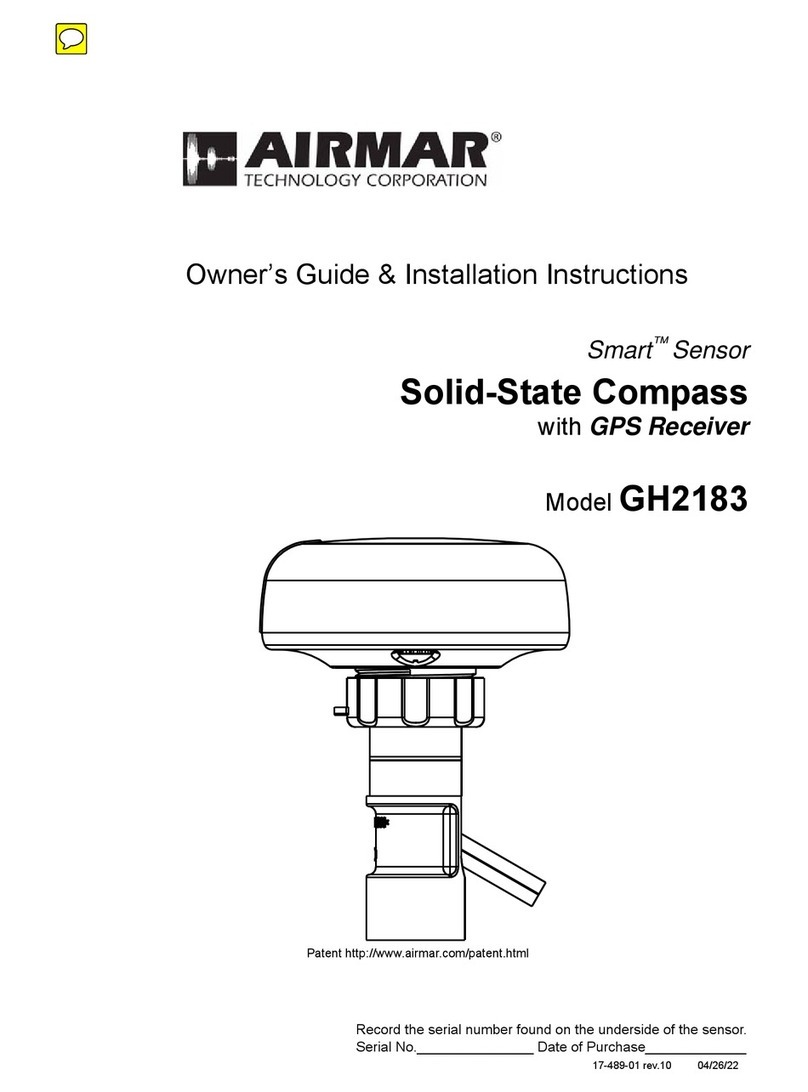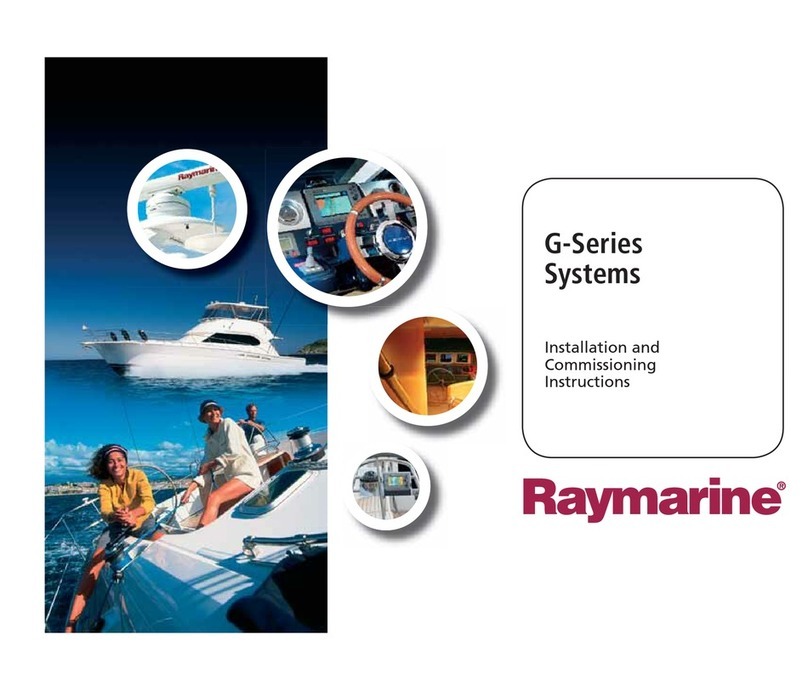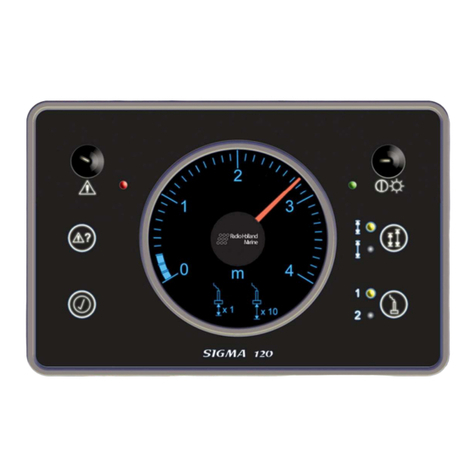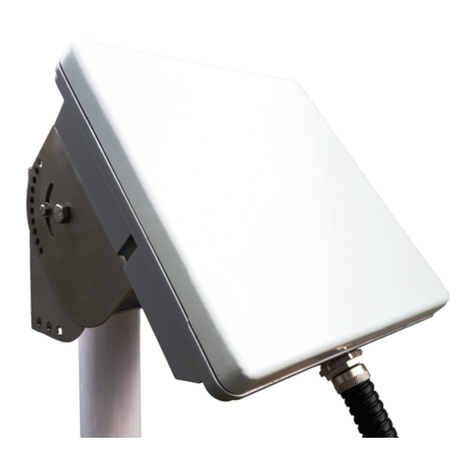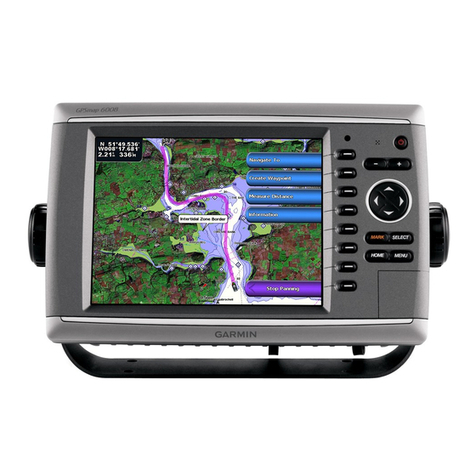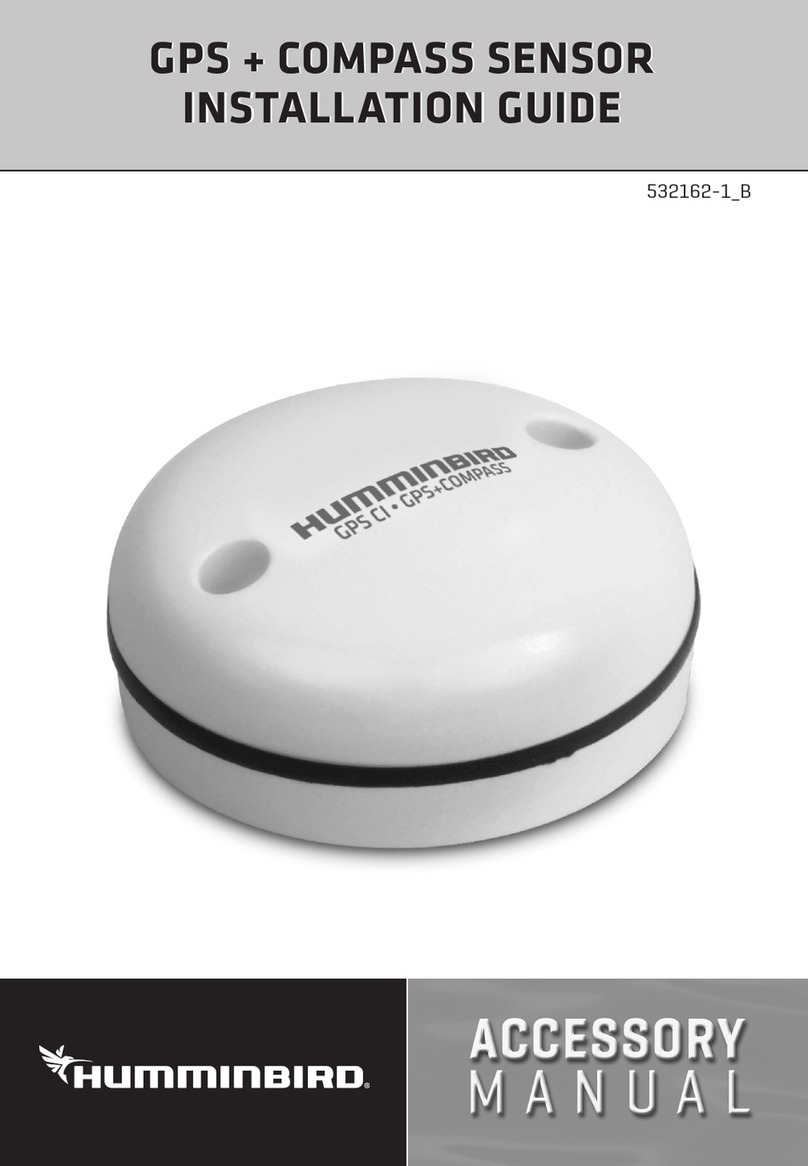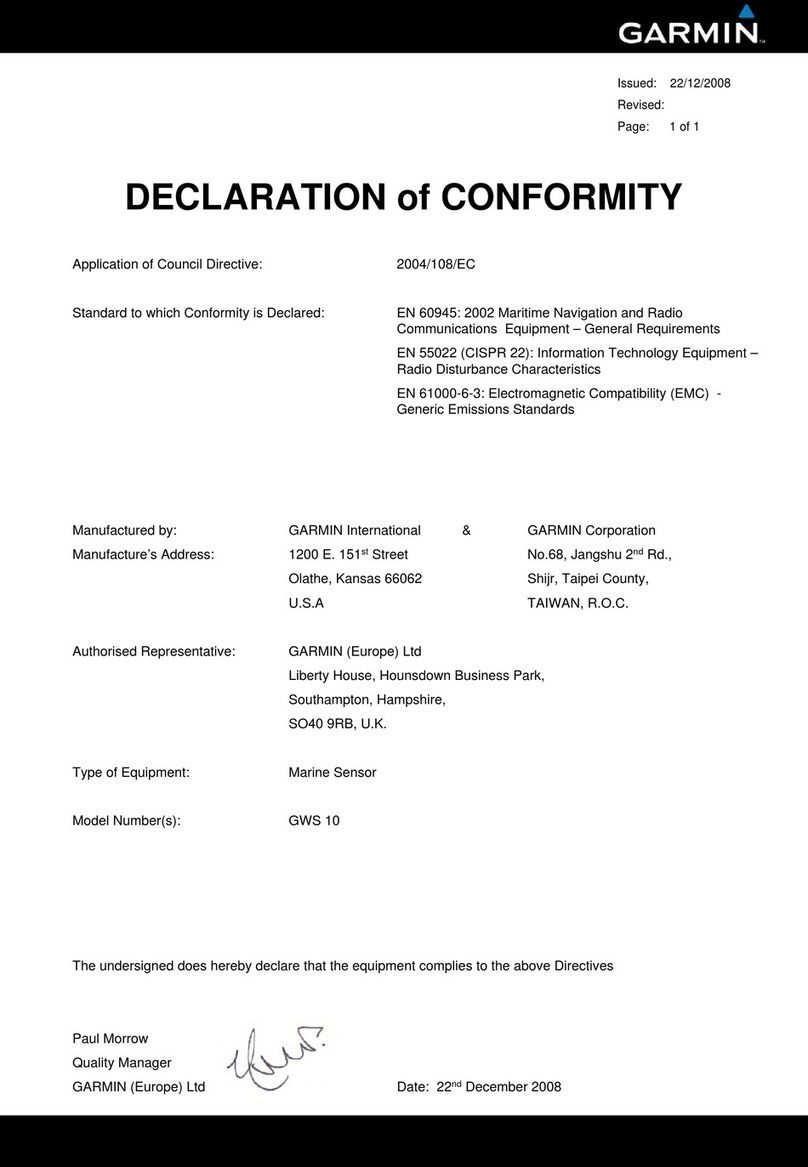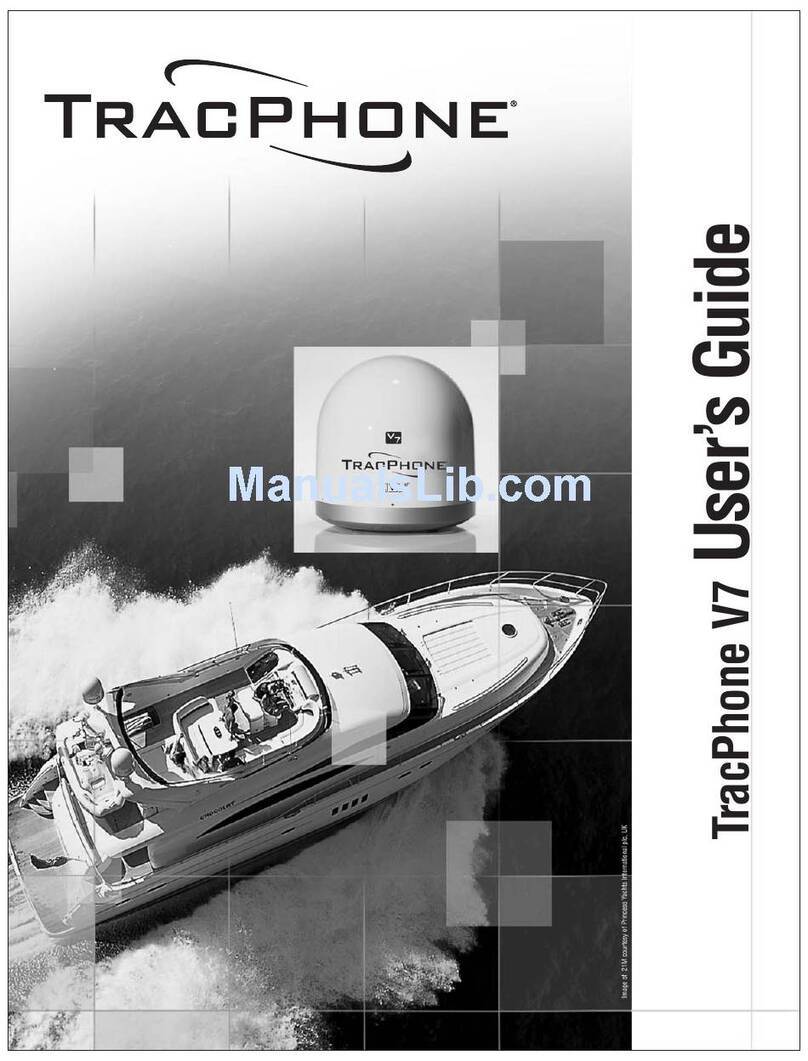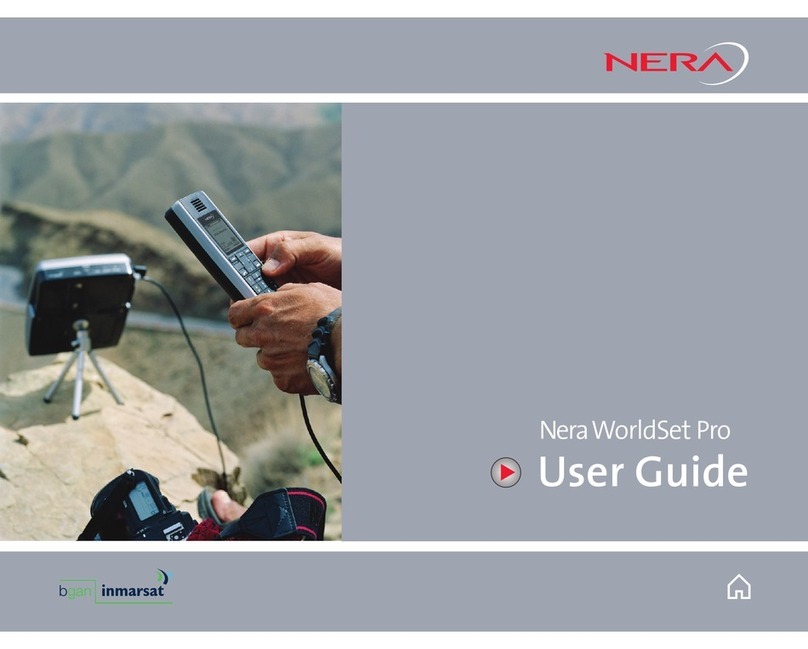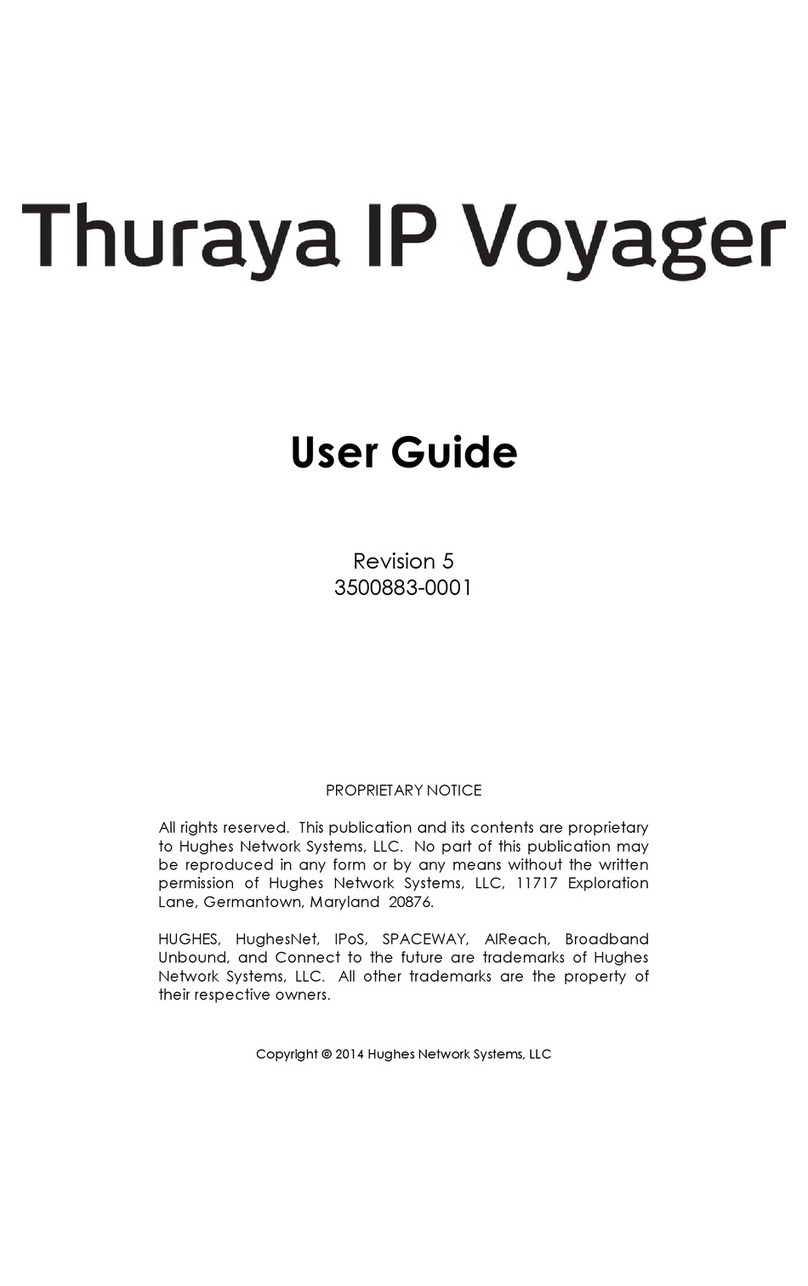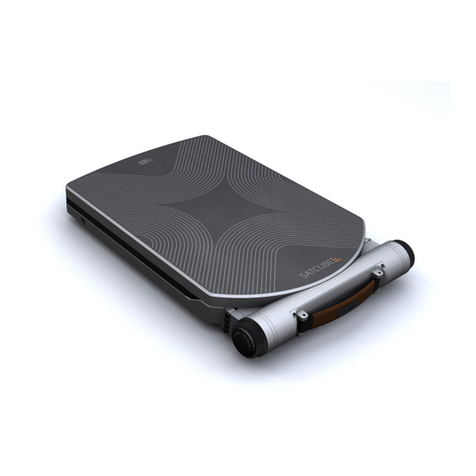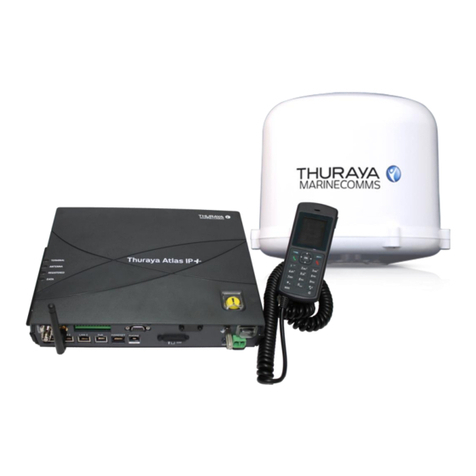
VIII
Table of Figures
Figure 1: FT2225 Terminal.........................................................................................................................................................1
Figure 2: Poor Terminal Location - Line of Sight Blocked by Obstruction...................................................5
Figure 3: Good Terminal Location - Line of Sight Clear...........................................................................................5
Figure 4: Terminal Mounting Hole Locations.................................................................................................................6
Figure 5: Terminal Mounting Example................................................................................................................................6
Figure 6: Key Slot ...........................................................................................................................................................................7
Figure 7: Cable Connector and Locking Collar..............................................................................................................7
Figure 8: Cable Management..................................................................................................................................................8
Figure 9: View of FT2225 Terminal Receptacle.........................................................................................................10
Figure 10: Login Screen...........................................................................................................................................................14
Figure 11: Failed Login .............................................................................................................................................................14
Figure 12: Status Tab................................................................................................................................................................15
Figure 13: Logs Pane.................................................................................................................................................................16
Figure 14: Network IF Pane...................................................................................................................................................17
Figure 15: DHCP Server - Active Leases.......................................................................................................................18
Figure 16: DHCP Server – Wired Ethernet DHCP Dynamic Address Pool .................................................19
Figure 17: DHCP Server – WLAN DHCP Dynamic Address Pool .....................................................................19
Figure 18: DHCP Server – Static IP Assignments Table.......................................................................................19
Figure 19: DHCP Server – Static Routes Tables.......................................................................................................19
Figure 20: Port Forwarding Pane .......................................................................................................................................20
Figure 21: WIFI IF Pane.............................................................................................................................................................21
Figure 22: GPS/GLONASS IF Pane....................................................................................................................................21
Figure 23: Satellite IF Pane....................................................................................................................................................22
Figure 24: Network Architecture........................................................................................................................................24
Figure 25: Cable Assembly Preparation ........................................................................................................................31
Figure 26: Connector Part Description...........................................................................................................................31
Figure 27: Cable Assembly - Step 1.................................................................................................................................31
Figure 28: Cable Assembly - Step 2.................................................................................................................................32
Figure 29: Cable Assembly - Step 3.................................................................................................................................32
Figure 30: Cable Assembly - Step 4.................................................................................................................................32
Figure 31: Cable Assembly - Step 5.................................................................................................................................39
Figure 32: Thuraya Satellite Coverage Map................................................................................................................35
Figure 33: LightSquared SkyTerra-1 Satellite Coverage Map............Error! Bookmark not defined.
Table of Tables
Table 1: FT2225 Terminal Connector Pinout...............................................................................................................11
Table 2: Network Status.........................................................................................................................................................15
Table 3: System Status Fault Codes ...............................................................................................................................16
Table 4: Troubleshooting Guide..........................................................................................................................................26
Table 5: Web MMI Fault Codes............................................................................................................................................27
